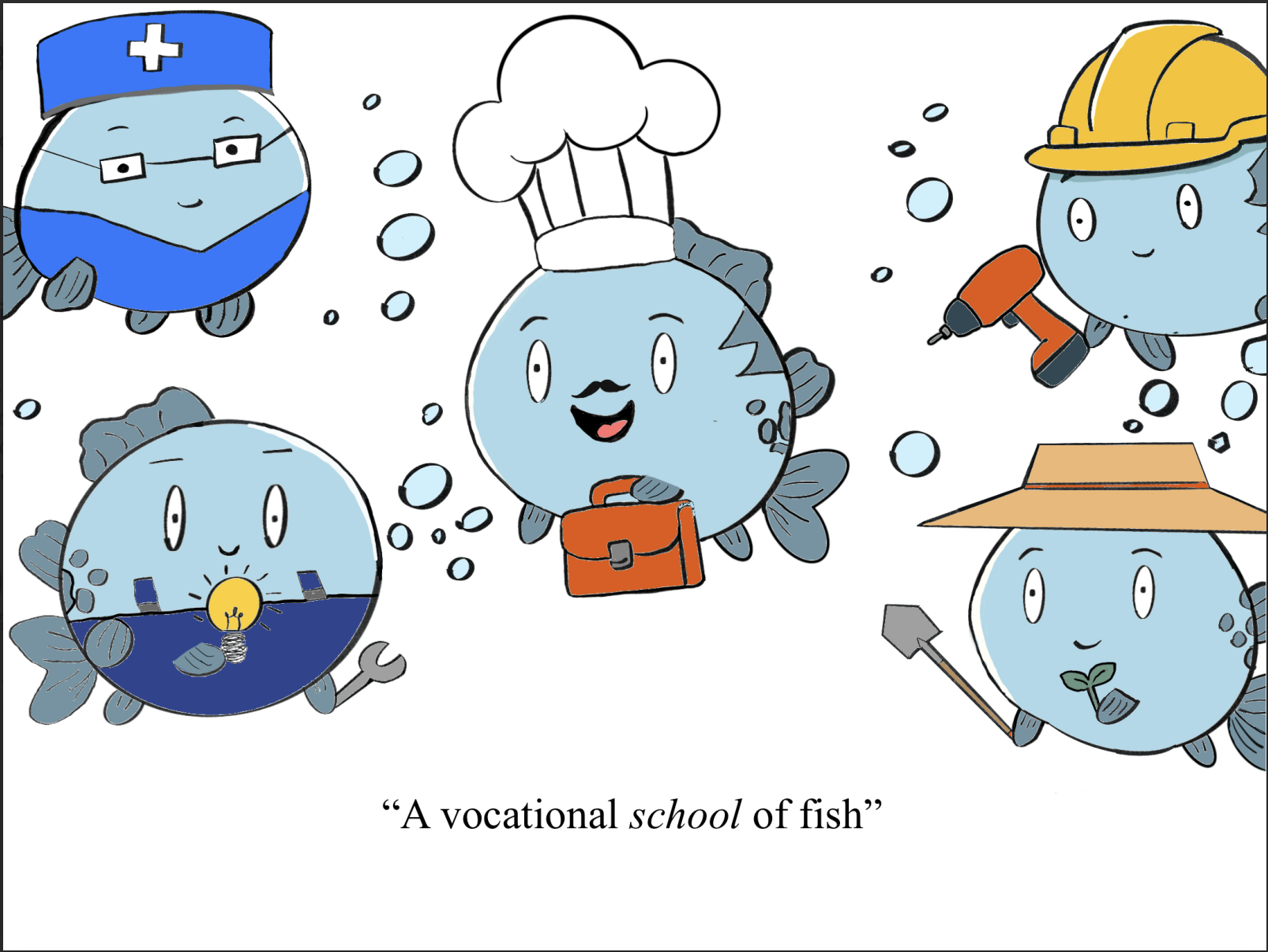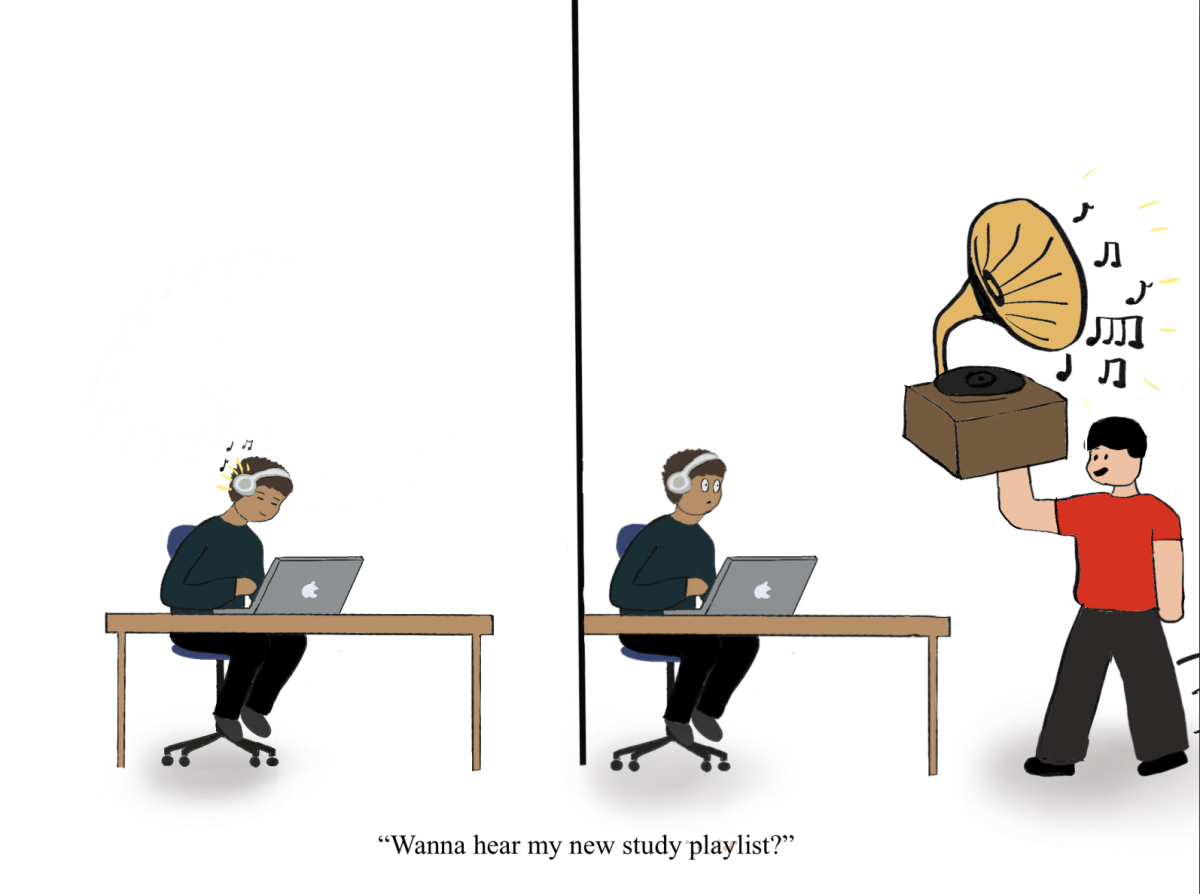On Friday, May 3rd, most Mamaroneck seniors participated in college sweatshirt day, sporting T-shirts and hats reflective of next year’s plans. The one thing almost all the sweatshirts had in common was not color, mascot, or emblem, but the fact that they represented a traditional, 4-year College program. Indeed, after graduation, most students in the United States will go on to seek higher education, with upwards of 60 percent choosing a traditional, 4-year liberal arts education.
A vocational school, commonly known as a trade school, is a form of higher education that allows students to receive certifications and licenses for specific vocations, such as mechanics, computer information systems, law, plumbing, and nursing, typically in two years or less.
Simply put, colleges provide academic training whereas vocational schools teach more specific and technical skills that are needed to get a job is a specific trade. When asked about their prior knowledge of trade schools, Globe students conceded that they did know what vocational/trade schools were but from outside sources – not from their school counselors, college informational sessions, or even their parents.
Globe staff agrees that there are likely two major benefits of a vocational school degree–cost and duration. “Vocational schools are a good alternative and end up being way cheaper than college,” pointed out one Globe staff member. According to US News & World Report –the average in-state cost of tuition and fees to attend a ranked public college was $10,662 for the 2023-2024 year or $42,648 over 4 years; the average out-of-state cost at a public college was $23,630, or $94,520 over 4 years; and the average cost for a private college was $42,162 annually or $168,648 for 4 years. On top of tuition, there are additional fees often associated with room and board, materials, and dining.
In comparison, a typical public vocational program averages $3,863 annually, or $7,726 for a degree. Even private vocational schools, while uncommon in the first place, rarely exceed $15,549 a year.
Another perceived benefit of vocational schools surrounds the likelihood that an enrolled student actually finishes their degree. In the United States, 4-year colleges average a 40% dropout rate with only 41% of students graduating after four years (NCES). In contrast, trade schools’ graduation rates average around 80% (College Factual).
Considering the favorable statistics, why don’t more MHS students, and high school students in general, consider trade schools? The Globe Staff believe that societal stigmas surrounding higher education are to blame.
At Mamaroneck High School, at least, many Globe members have noticed that a stigma surrounds one’s decision to attend, or rather not to attend, a traditional 4-year college.
Perhaps they are right–would a student attending a trade school feel comfortable or represented in an MHS tradition like “College Sweatshirt Day?” Several Globe students amend that MHS has tried to address stigmas surrounding college as well as different forms of education, explaining how the school encourages students to be more sensitive and private about their plans after college. But, as Globe staff noted, very few MHS students actually know what a vocational school is.
Considering the lack of knowledge among the student body regarding trade schools, perhaps these efforts should also include earlier and broader discussion surrounding vocational schools.
One common assumption about a vocational education is based on the assumption that it inhibits earning potential. However, Zip-Recruiter found that the average salary of a trade-school graduate is $67,000 per year, with top earners making as much as $100,000 a year.
While it is difficult to compare this directly with the wage-earning power of 4-year college graduates, as professions and trades differ, the reality is that vocational schools can lead both to consistent jobs and solid pay.
This holds particularly true when considering the lower cost of trade schools, the considerable lifetime expense of college loans, and the additional years of earning potential that vocational school graduates often have. While a doctor may earn a significant amount annually, they typically spend 11 years after high school paying educational fees!
In an era witnessing a surge in federal student loan debt—from an average of $18,233 in 2007 nearly doubling to $37,090 in 2023—and a decline in real wages for college graduates, the question arises: Is a 4-year liberal arts education still the best choice for so many high-school graduates?








